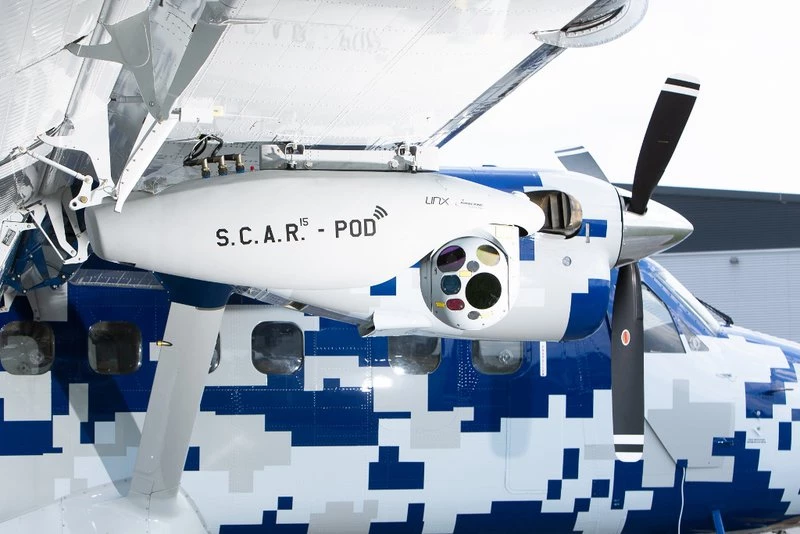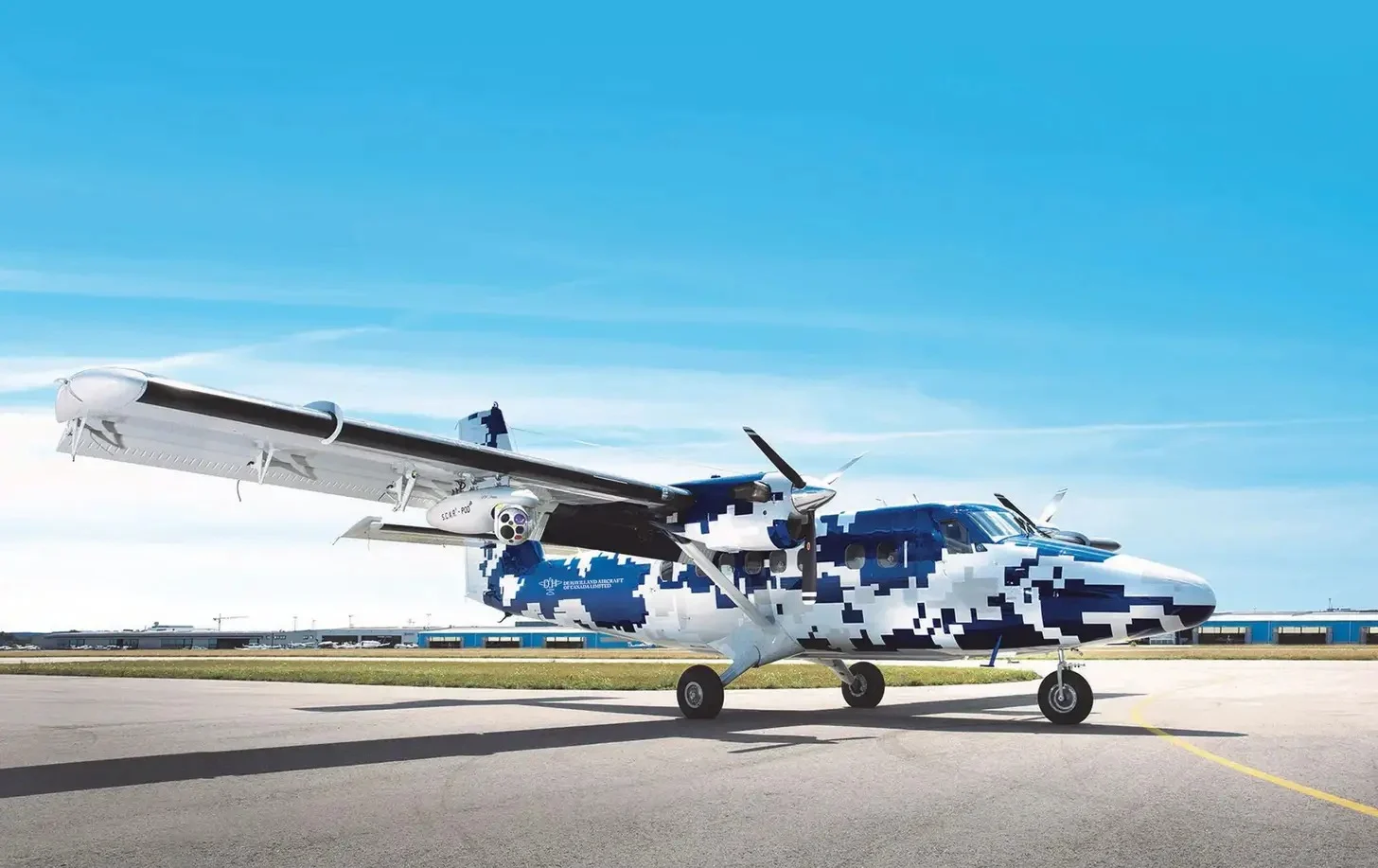An Garda Síochána has made a significant leap in its surveillance capabilities by purchasing a sophisticated new surveillance aircraft from Canadian manufacturer De Havilland. This new addition to the Garda fleet is set to enter service next year and is poised to enhance the force’s intelligence-gathering operations significantly.
The new fixed-wing plane is a Canadian-made De Havilland Twin Otter Guardian, which will replace the aging British-made Britton Norman Defender that has served the force for 27 years. This state-of-the-art Garda surveillance aircraft represents a considerable upgrade, both in terms of size and technological capability.
Enhanced Surveillance Capabilities
The De Havilland Twin Otter Guardian, which costs approximately €6.5 million before additional surveillance equipment, is designed to perform extensive surveillance missions. The Garda surveillance aircraft can operate at high altitudes, remaining invisible to people on the ground, and can stay airborne for up to seven hours. It is equipped with a wide array of cameras and advanced surveillance equipment, allowing for detailed monitoring of activities from a height of 5,000 feet.
In previous operations, Garda aircraft have played a crucial role in monitoring organized crime groups and other subversive activities. The exact missions and capabilities of the new aircraft are closely guarded, reflecting the sensitive nature of its operations. However, the advanced technology of the Twin Otter Guardian will undoubtedly bolster Garda Síochána’s ability to gather critical intelligence.

Operational and Personnel Considerations
The new Garda surveillance aircraft will require a crew of two pilots, in contrast to the Defender’s single-pilot requirement. These pilots, alongside a team of specialist gardaí, will operate the surveillance equipment onboard. As is customary, the aircraft will be piloted by officers from the Air Corps and serviced by Air Corps technicians.
Despite the advanced capabilities of the Twin Otter Guardian, there are concerns about personnel availability for operating the aircraft. Military sources have highlighted the potential challenges in ensuring enough trained staff to manage the new plane, which is expected to become operational by mid-next year.
Broader Security Enhancements
In addition to the new fixed-wing plane, the Irish Government has allocated funds for a new Garda helicopter, with an option to purchase a second one. The Garda Air Support Unit currently operates two helicopters from Casement Aerodrome in Dublin, which are also piloted by Air Corps officers.
The acquisition of the De Havilland Twin Otter Guardian and the additional helicopter signifies a substantial investment in the country’s security infrastructure. This investment underscores the commitment to enhancing surveillance and intelligence capabilities, ensuring that Garda Síochána remains at the forefront of modern policing and security operations.
The new Garda surveillance aircraft, with its advanced features and extended operational range, represents a pivotal step in strengthening Ireland’s security framework. As it takes to the skies next year, it will play a vital role in safeguarding the nation against various threats, providing unparalleled support to the ongoing efforts of Garda Síochána.
